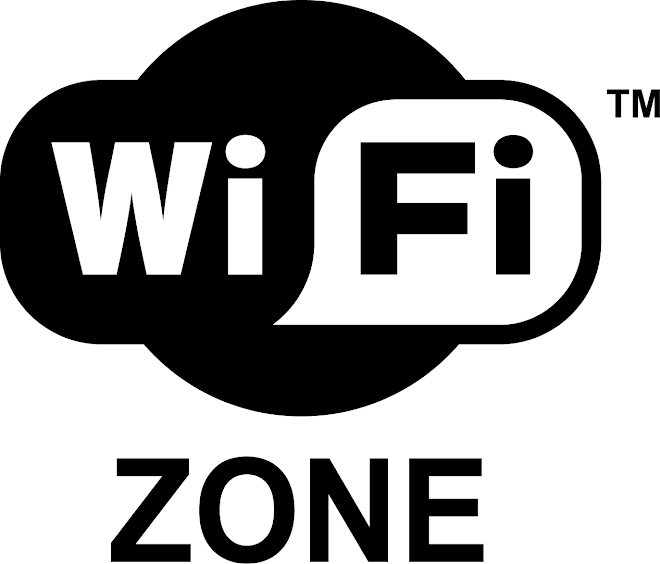Access point: At the top of the list will be at least one wireless access
point (AP), also sometimes called a base station. An AP acts like a wireless
switchboard that connects wireless devices on the network to each
other and to the rest of the network. You gotta have one of these to createa wireless home network. They range in price from about $100 to $300,
with prices quickly coming down. You can get APs from many leading
vendors in the marketplace, including Apple (www.apple.com), D-Link
(www.d-link.com), Linksys (www.linksys.com), NETGEAR (www.
netgear.com), and Siemens/Efficient Networks (www.speedstream.
com). We give you a long list of vendors in Chapter 20, so check that out
when you go to buy your AP.
For wireless home networks, the best AP value is often an AP that’s bundled
with other features. The most popular APs for home use also come
with one or more of the following features:
• Network hub or switch: A hub connects wired PCs to the network.
A switch is a “smarter” version of a hub that speeds up network
traffic. (We talk more about the differences between hubs and
switches in Chapter 2.)
• DHCP server: A Dynamic Host Configuration Protocol (DHCP)
server assigns network addresses to each computer on the network;
these addresses are required for the computers to communicate.
• Network router: A router enables multiple computers to share a
single Internet connection. The network connects each computer
to the router, and the router is connected to the Internet through a
broadband modem.
• Print server: Use a print server to add printers directly to the network
instead of attaching a printer to each computer on the
network.
In Figure 1-3, you can see an AP that also bundles in a network router,
switch, and DHCP server.
Network interface adapters: As we mention earlier in this chapter,
home networks use a communication method (protocol) known as
Ethernet. The communication that takes place between the components
of your computer, however, does not use the Ethernet protocol. As a
result, for computers on the network to communicate through the
Ethernet protocol, each of the computers must translate between their
internal communication protocol and Ethernet. The device that handles
this translation is a network interface adapter, and each computer on the
network needs one. Prices for network interface adapters are typically
much less than $50, and most new computers come with one at no additional
cost.
A network interface adapter that installs inside a computer is usually
called a network interface card (NIC). Many computer manufacturers
now include an Ethernet NIC with each personal computer as a standard
feature.
Wireless network interface adapter: To wirelessly connect a computer
to the network, you must obtain a wireless network interface adapter for
each computer. Prices range between $50 and $150. A few portable computers
now even come with a wireless network interface built in. These
are very easy to use; most are adapters that just plug in.
The four most common types of wireless network interface adapters are
• PC Card: This type of adapter is often used in laptop computers
because most laptops have one or two PC Card slots.
CF card: A Compact Flash (CF) card adapter is smaller in size than
a PC Card adapter and enables you to link a Pocket PC or other
palm-sized computer to your network. Many high-end personal digital
assistants (PDAs) now even come with wireless capability
built-in, obviating the need for a wireless adapter.
• USB: A Universal Serial Bus (USB) adapter connects to one of your
computer’s USB ports; these USB ports have been available in
most computers built in the last four or five years.
• ISA or PCI adapter: If your computer doesn’t have a PC Card slot,
CF card slot, or USB port, you have to either install a network interface
card or a USB card (for a USB wireless network interface
adapter) in one of the computer’s internal peripheral expansion
receptacles (slots). The expansion slots in older PCs are Industry
Standard Architecture (ISA) slots. The internal expansion slots in
newer PCs and Apple Macintosh computers follow the Peripheral
Component Interconnect (PCI) standard.
Sunday, March 14, 2010
Subscribe to:
Post Comments (Atom)


No comments:
Post a Comment